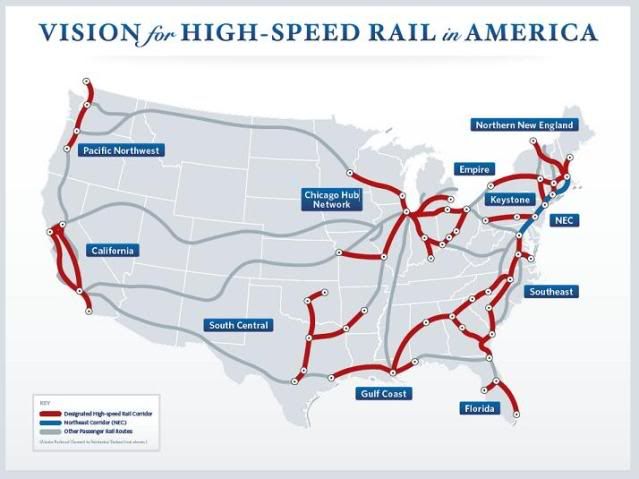
I Thought I would brighten up the blog with exciting news for all those who love local fresh foods and vegetables! One of my favorite programs in Kalamazoo allows food Aid recipients, such as Americorps like my self, to exchange their EBT balance into credits for the Farmer's Market.
You can exchange your debit dollars for tokens at the Kalamazoo People's Food Co-op, located at 436 Burdick Street in Downtown Kalamazoo. It is a great way for low-income for aid recipients to access healthy and nutritious food without the hassle.
Here is a list of Farmer's Market openings via the Kalamazoo Gazette:
Kalamazoo Farmers Market, 1204 Bank St. -- Opens Saturday and will be open from 7 a.m. to 2 p.m. Saturdays through Nov. 21 and 7 a.m. to 2 p.m. Tuesdays and Thursdays from June to October.
Otsego Farmers Market, in the Church of God parking lot at the corner of M-89 and Kalamazoo Street -- Opens Saturday and continues from 8 a.m. to 1 p.m. Saturdays through the end of October.
People's Food Co-op Farmers Market, in the Co-op parking lot, 436 S. Burdick St. -- Opens May 6 and will be open from 3 to 7 p.m. Wednesdays through October.
Allegan Farmers Market, in the parking lot at the corner of Cutler and Water streets -- Opens May 7 and continues from 8 a.m. to 2 p.m. Thursdays through the end of October.
Mendon Farmers Market, Reed Riverside Park Pavilion, on South Nottawa Road, a half block south off of M-60 -- Opens May 7 and continues from 2 to 6 p.m. Thursdays through September.
South Haven Farmers Market, in the Huron Street parking lot in downtown South Haven -- Opens May 9 and will be open from 8 a.m. to 2 p.m. Saturdays through October and Wednesdays from June 3 through October.
Texas Corner Farmers Market, 7110 West Q Ave. -- Opens May 23 and will be open from 8 a.m. to noon Saturdays through Oct. 4.
Three Rivers Farmers Market, in Scidmore Park, corner of West Michigan Avenue and Spring Street -- Opens May 23 and continues from 8 a.m. to noon Saturdays through October.
Richland Farmers Market, at Richland Area Community Center, 9400 East CD Ave. -- Opens June 3 and continues from 3:30 to 6:30 p.m. Wednesdays through October.
Wayland Area Farmers Market, in Wayland City Park, between Park and Church and East Cherry and East Maple streets -- Opens June 6 and continues from 9 a.m. to 2 p.m. Saturdays through October.
Saugatuck-Douglas Greenmarket, in front of the Saugatuck Center for the Arts, 400 Culver St. -- Opens June 12 and continues from 8 a.m. to 2 p.m. Fridays and 3 to 7 p.m. Mondays through Oct. 12.
Lawrence Farmers Market, in downtown park along Red Arrow Highway -- Opens July 11 and continues from 9 a.m. to 1 p.m. Saturdays through Oct. 10.













